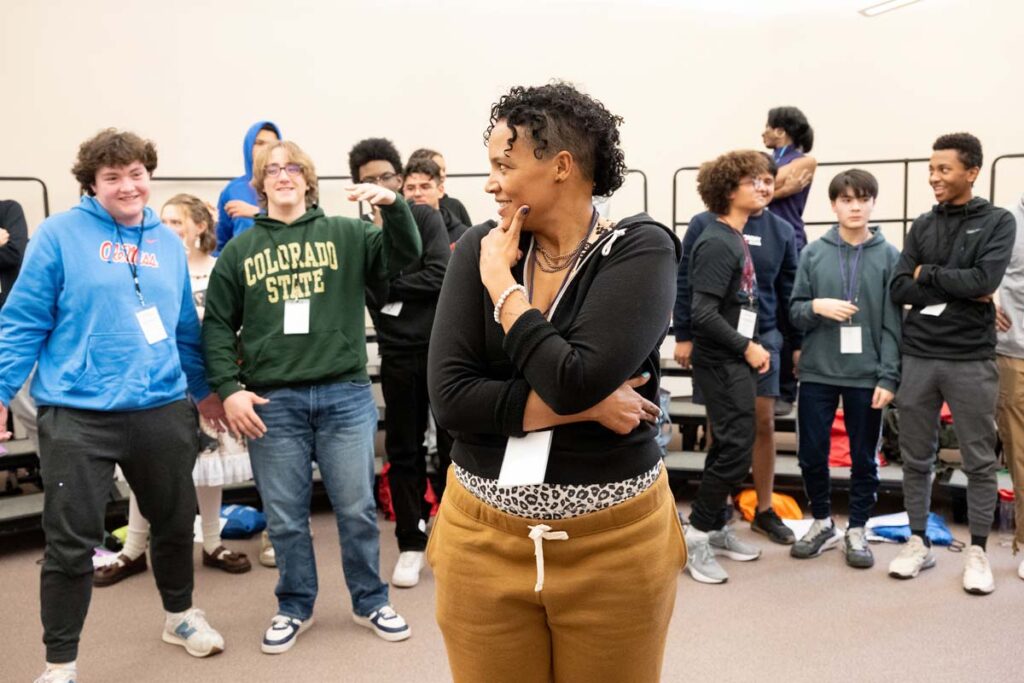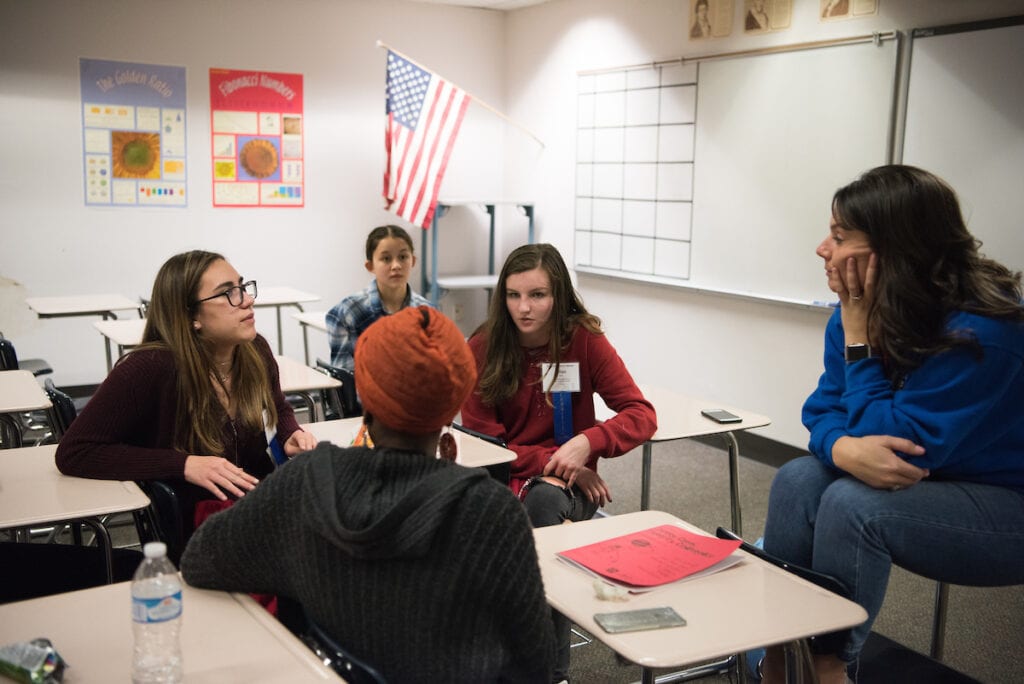We affirm everyone’s right to love whomever they love, and to make schools safe for all identities, especially LGBTQ+ youth.
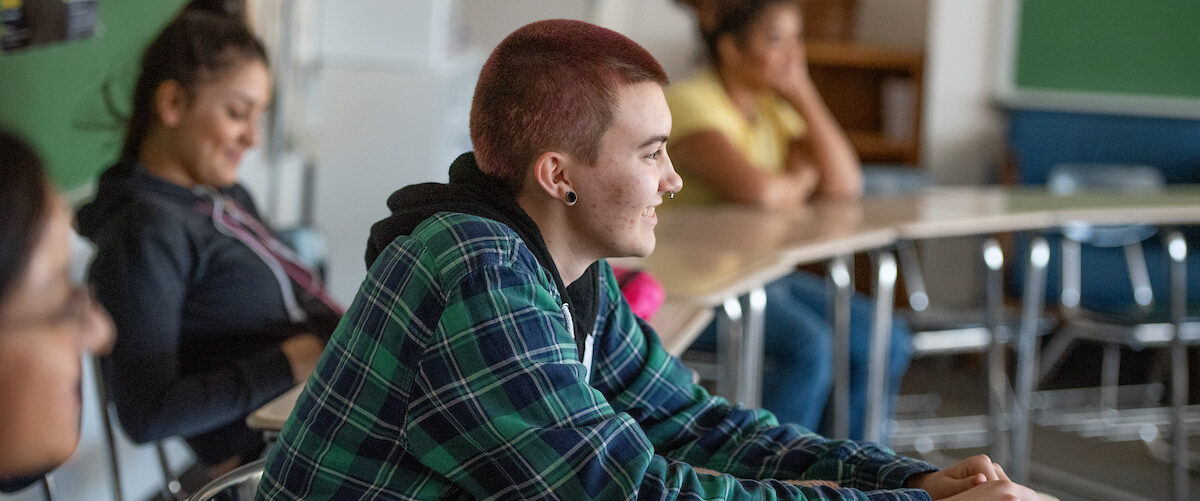
Jump to a section:
Important LGBTQ+ Terms
The LGBTQ+ community has evolved over time to include terms relating to both sexuality and gender. While gender and sexuality are related and connected, they are different.
First, here are some overarching terms used in the community:
- LGBTQ+: An acronym to refer to lesbian, gay, bisexual, transgender, and queer or questioning people. The + symbol is used to extend the acronym to additional groups, such as intersex, asexual, and other sexualities and non-binary gender identities.
- GSA: These letters can stand for gay-straight alliance or gender and sexuality alliance. These groups are student-led clubs and organizations in schools that provide a safe and welcoming space for LGBTQ+ youth and their straight allies to discuss and explore gender and sexuality.
Here are terms relating to gender (all from Gender Spectrum):
- Sex: Used to label a person as “male” or “female” (some US states and other countries offer a third option) at birth, this term refers to a person’s external genitalia and internal reproductive organs. When a person is assigned a particular sex at birth, it is often mistakenly assumed that this will equate with their gender; it might, but it might not.
- Gender identity: Our internal experience and naming of our gender. It can correspond to or differ from the sex we were assigned at birth.
- Cisgender (or cis): People whose gender identity aligns with their assigned sex at birth.
- Transgender (or trans): Sometimes this term is used broadly as an umbrella term to describe anyone whose gender identity differs from their assigned sex. It can also be used more narrowly as a gender identity that reflects a binary gender identity that is “opposite” or “across from” the sex they were assigned at birth.
- Non-binary: An umbrella term for gender identities that are not exclusively masculine or feminine.
- Two spirit: a term used within the Indigenous community to describe people who have both male and female spirit within them. This is an umbrella term adopted by the Native community, and many tribes have their own terms, roles and traditions for two spirit people going back centuries. (Indian Country Today)
- Intersex: About 1% of children are born with chromosomes, hormones, genitalia and/or other sex characteristics that are not exclusively male or female as defined by the medical establishment in our society. In most cases, these children are at no medical risk, but most are assigned a binary sex identity (male or female) by their doctors and/or families.
And here are terms relating to sexuality (all from the Human Rights Campaign):
- Sexual orientation: An inherent or immutable enduring emotional, romantic or sexual attraction to other people.
- Gay: A person who is emotionally, romantically or sexually attracted to members of the same gender.
- Lesbian: A woman who is emotionally, romantically or sexually attracted to other women.
- Bisexual: A person emotionally, romantically or sexually attracted to more than one sex, gender or gender identity though not necessarily simultaneously, in the same way or to the same degree.
- Pansexual: Someone who has the potential for emotional, romantic or sexual attraction to people of any gender though not necessarily simultaneously, in the same way or to the same degree.
- Asexual:The lack of a sexual attraction or desire for other people.
- Queer: A term people often use to express fluid identities and orientations. Often used interchangeably with “LGBTQ.” This term was once considered an insult by some people but has been “reclaimed” by the LGBTQ+ community.
- Homophobia: the fear and hatred of or discomfort with people who are attracted to members of the same sex.
- Transphobia: the fear and hatred of, or discomfort with, transgender people.
The Importance of Pronouns
When we meet a new person, we will often assume the pronouns they use based on the way they are dressed or present themselves. This can lead to jarring situations for trans or non-binary youth, who may not dress or cut their hair according to typical gender norms.
There is a growing movement to mention pronouns when doing introductions, the same way you would mention your name, age, or where you are from. This ensures everyone knows how you would like to be referred to, and normalizes the practice so that trans and non-binary youth feel comfortable in the space.
For example, you might say, “My name is Xander, and my pronouns are he, him and his” or “My name is Sam, and my pronouns are they, them and theirs.”
Normalize adding pronouns to your introductions, and ensure that when doing group introductions you encourage participants to mention their pronouns. This signals to trans and non-binary youth that this is a safe space for them to be themselves.
For more information on the use of pronouns, see this article from Medium.com.
Challenges for LGBTQ+ Youth in Today’s World
While the LGBTQ+ community has made great strides in achieving legal rights and social acceptance in the recent decades, LGBTQ+ youth continue to face significant challenges in today’s world. Here are a few examples:
- Only 56% of LGBTQ+ youth report being out to their immediate family members. LGBTQ+ youth often fear or anticipate family rejection, preventing them from coming out. (Human Rights Campaign)
- LGBTQ+ youth are more than two times as likely as non-LGBTQ+ youth to say they have been verbally harassed and called names at school. (Human Rights Campaign)
- LGB youth are almost five times as likely to have attempted suicide compared to heterosexual youth. Trans youth are even more likely to attempt suicide than their LGB counterparts. (Centers for Disease Control / The Trevor Project)
- Between 20 – 40% of homeless youth are LGBT, meaning that hundreds of thousands of LGBT children and young adults are living on the streets each year. (National Coalition for the Homeless) Harassment at school and family rejection are leading causes of LGBTQ+ youth leaving home without jobs or economic security.
- So-called “gay conversion therapy” remains legal in 30 states. This harmful practice attempts to change a person’s sexual orientation or gender identity, despite strong evidence sexuality and gender identity are immutable and cannot be changed. (Born Perfect)
LGBTQ+ Leaders Who Inspire Us
Here’s a list of folks who are leading the fight for LGBTQ+ inclusion and rights. They inspire and inform our work. Follow them on social media, or seek out opportunities to hear them speak to dig deeper on these issues.
YCD Workshops for LGBTQ+ Youth
YCD has a curated library of over 60 workshop guides on every aspect of inclusion and justice work for middle and high school youth to explore in their own youth-led club or group — with new workshops being published every month. These guides can also be used by educators as part of their in-school curriculum, where interested.
Below is a free sample workshop created by YCD on the topic of LGBTQ+ justice, available for anyone to use and download.
Why Do I Need to Share My Pronouns?
Learn why pronouns are important to people of all genders and how to use pronouns to create more inclusive spaces and relationships.
Other topics available as downloadable workshop guides or offered at YCD conferences/events include:
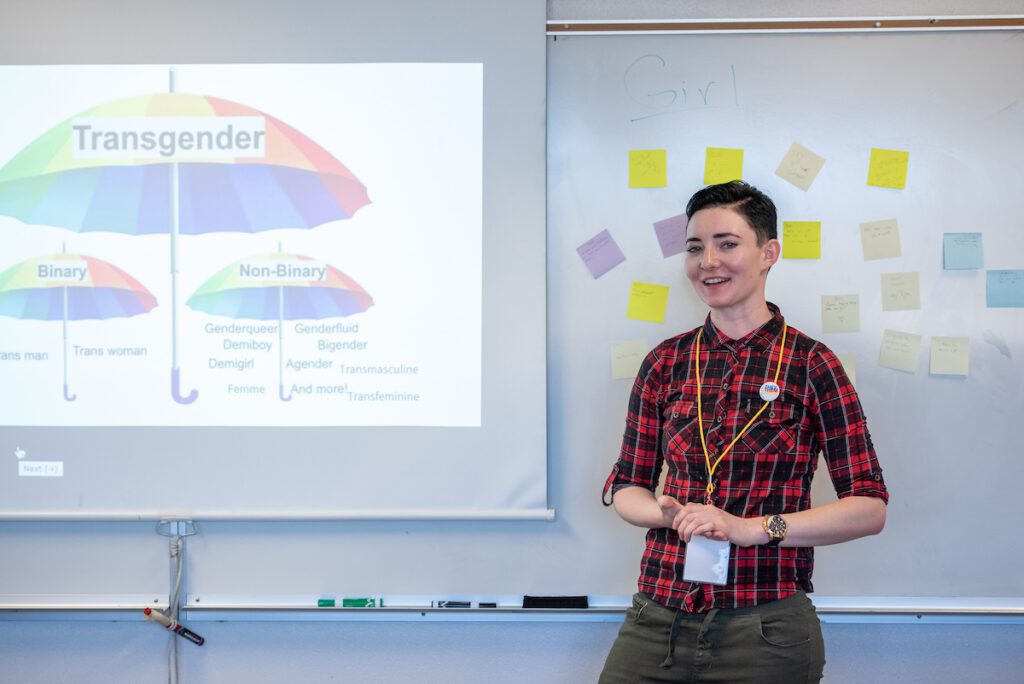
Sex, Gender and Sexuality
This workshop provides youth with an overview and understanding of the differences among biological sex or sex assigned at birth, gender identity, gender expression, and sexual orientation as well as some common gender-related terminology.
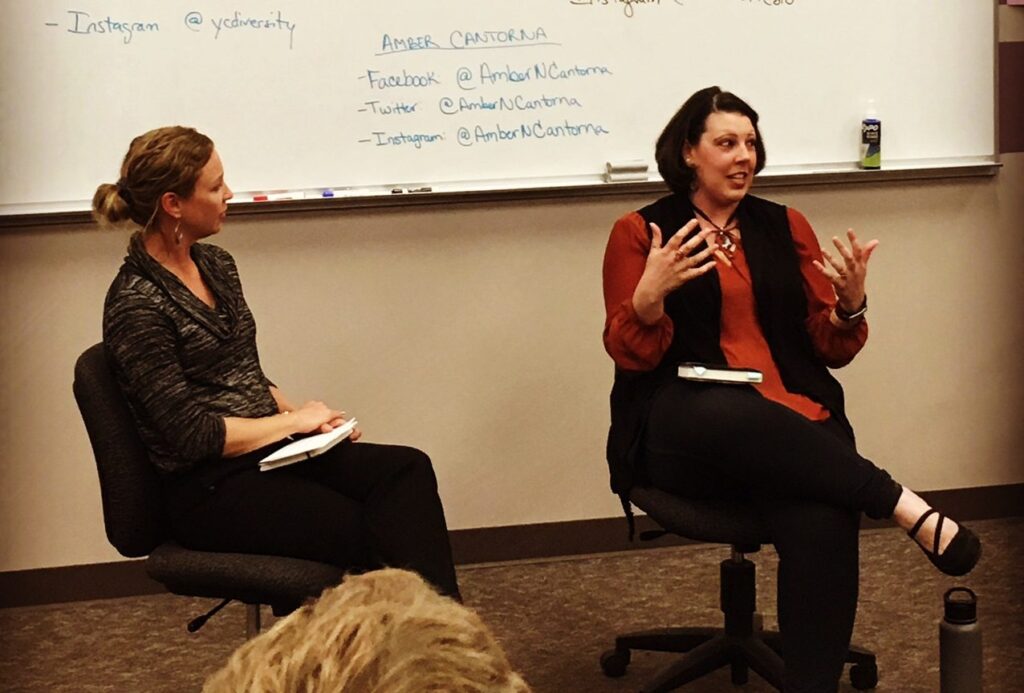
The Intersection of Religion, Family and Sexuality
This workshop explores the intersection of religion, family and sexuality through the experiences of author Amber Cantorna, the daughter of an executive at Focus on the Family and who came out as a lesbian at age 27.
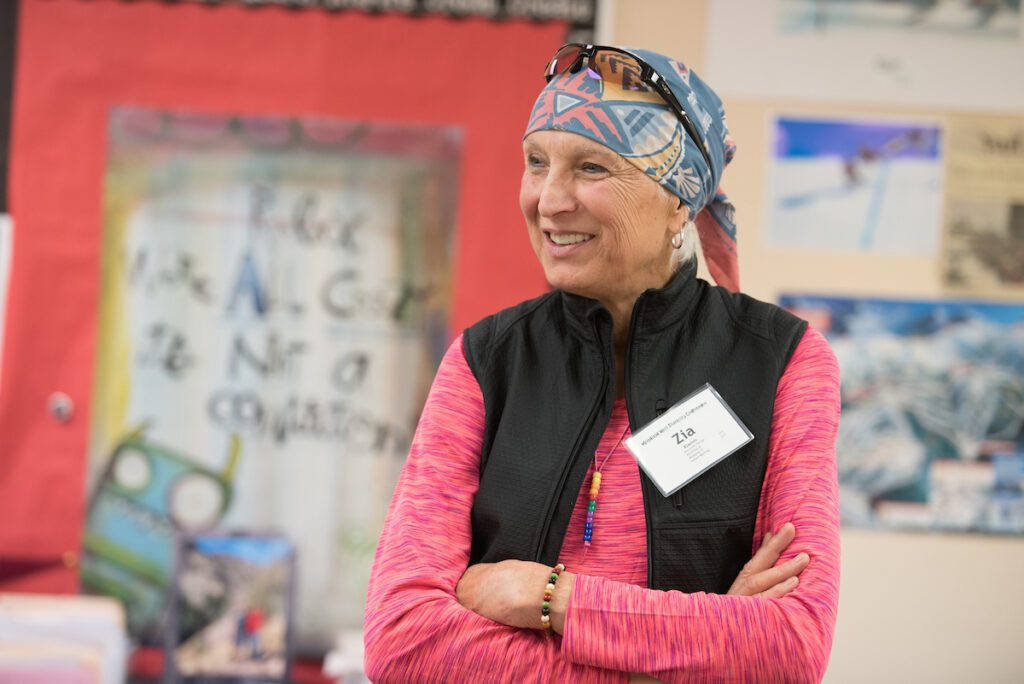
Transgender 101 and Beyond
How do we talk about gender? It isn’t simple when a transgender or gender non-conforming person expresses their real feelings. This workshop will discuss the gender spectrum through terminology, games, and personal stories. We’ll go from blue to pink and girl to boy and back.
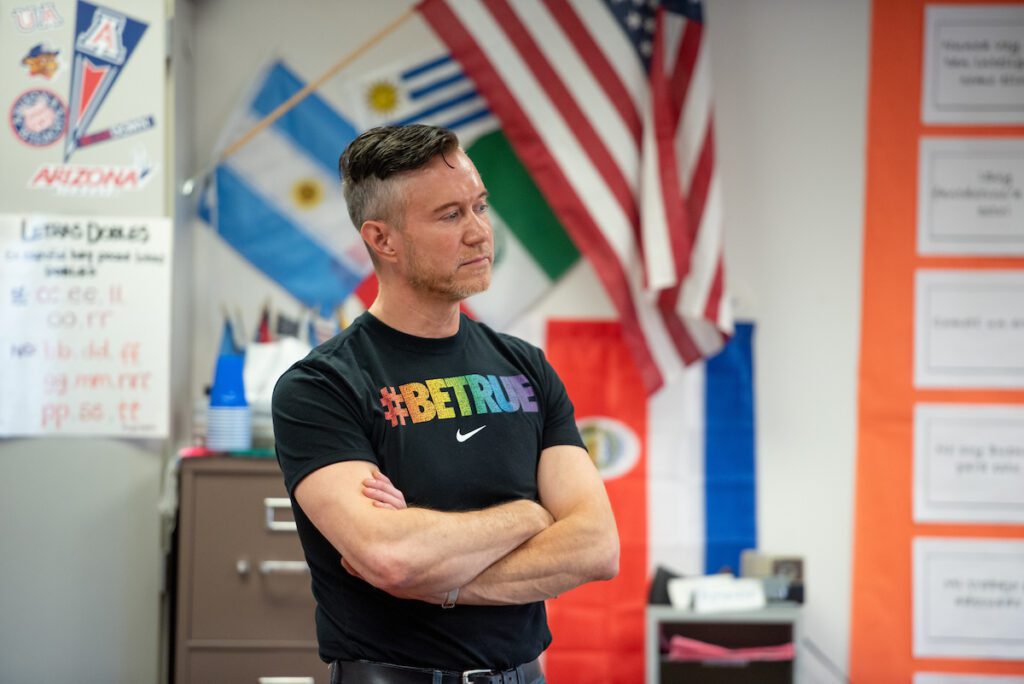
On the Field and Out of the Closet: LGBTQ+ Athletes Speak
A panel of LGBTQ+ athletes discuss their experiences as closeted/out athletes in high school and college. We’ll discuss how we can support friends, siblings and ourselves in creating an inclusive and affirming experience for everyone in the sports world.
To experience these workshops, YCD events, and much more, start or join a YCD chapter!
Videos to Explore LGBTQ+ Justice and Youth
Combatting Attacks on and Protecting Trans and LGBTQ+ Youth
Join YCD and guest speakers to hear about the recent spike in anti-trans and anti-LGBTQ+ legislation in state capitals across the country in 2023 — and more importantly, how to combat or push back against these attacks. It’s time for everyone to stand in solidarity against marginalization and oppression.
Coming Out as LGBTQ+
What challenges do teens and young people face today when coming out as part of the LGBTQ+ community? What does the coming out experience look like for people from different backgrounds? How does coming out as trans or bisexual differ from coming out as gay or lesbian? How can we be better allies to LGBTQ+ youth and those who have not yet come out?
What does it mean to have a non-binary gender identity?
Diversity around gender identity continues to grow, and the term “non-binary” has become more and more well-known as an alternative to strictly male or female gender identities. In this video a teen who identifies as non-binary is interviewed about their experiences coming to realize they are non-binary, what it means to them, and what some common misunderstandings or misconceptions are around the identity.
Intersectionality with Blair Imani
Historian and activist Blair Imani (she/her) talks with student leaders from YCD New Mexico about intersectionality, diversity, inclusion, and youth activism.
Stay up to date for future student-generated videos on this topic and more by subscribing to YCD’s YouTube channel.
LGBTQ+ Books for Students
Here is a list of recommended books for students and teens that explore and address LGBTQ+ issues. You can find free e-books or your local library using OverDrive.com.
LGBTQ+ Books for Educators and Adults
And this list is for teachers, educators and adults looking for guidance on supporting and including LGBTQ+ youth within the classroom or school system.
Movies and Shows Addressing LGBTQ+ Inclusion and Justice
Below are movies that address LGBTQ+ topics in meaningful and compelling ways.
Podcasts on LGBTQ+ Inclusion
Here is a list of recommended podcasts you can download and follow to explore LGBTQ+ inclusion in more detail.
Ideas for Local Action to Support LGBTQ+ Youth
Here are just a few ideas of ways students can take action locally to support and include LGBTQ+ youth in your school or community:
- Does your school have a GSA? If not, consider whether starting a GSA may be a good first step to making LGBTQ+ youth more visible and accepted in your community. Here are 10 tips for starting a GSA from Teaching Tolerance. Keep in mind how starting a new club may impact other groups, for example a diversity or social justice club. LGBTQ+ youth deserve a unique space to meet and be themselves, but at the same time should not be isolated from other social justice groups in the school or community.
- If your school has a GSA, is it fully inclusive and intersectional? In some communities students of color may not feel represented or welcome within LGBTQ+ spaces without specific outreach and efforts. If that seems to be the case, consider discreetly interviewing LGBTQ+ students of color about their experiences, and find ways to bridge the barriers to participation and inclusion.
- Are LGBTQ+ people represented in your curriculum? More states and school districts are passing regulations to ensure inclusion of LGBTQ+ history in school curriculum, but this is often due to student activism. If your teachers aren’t actively mentioning LGBTQ+ people and history in classrooms, consider a project to engage them to update the curriculum, or work on a project to change the law in your state.
- Bullying within school is one of the biggest challenges for LGBTQ+ youth. Consider launching a project to identify spaces where students are regularly harassed, and then come up with an action plan to call out and address the harassment. Try to build a coalition of student groups, teachers, and administrators working collaboratively on the problem.
- Regularly introduce yourself with pronouns, and consider a presentation or project to encourage others in the school to normalize the use of pronouns during introductions.
- Does your school have gender-neutral bathrooms available for trans and non-binary students? If not, engage administration to come up with a plan.
- Most importantly, make sure LGBTQ+ youth know you are their ally, and be available if they need support. Don’t wait to be asked to show you are supportive.
Do you have a suggestion of an addition or resource for this page? Share your idea with us.
